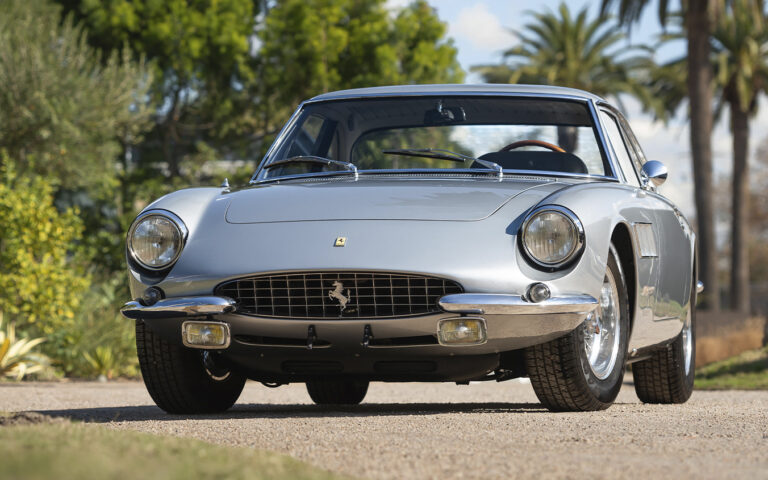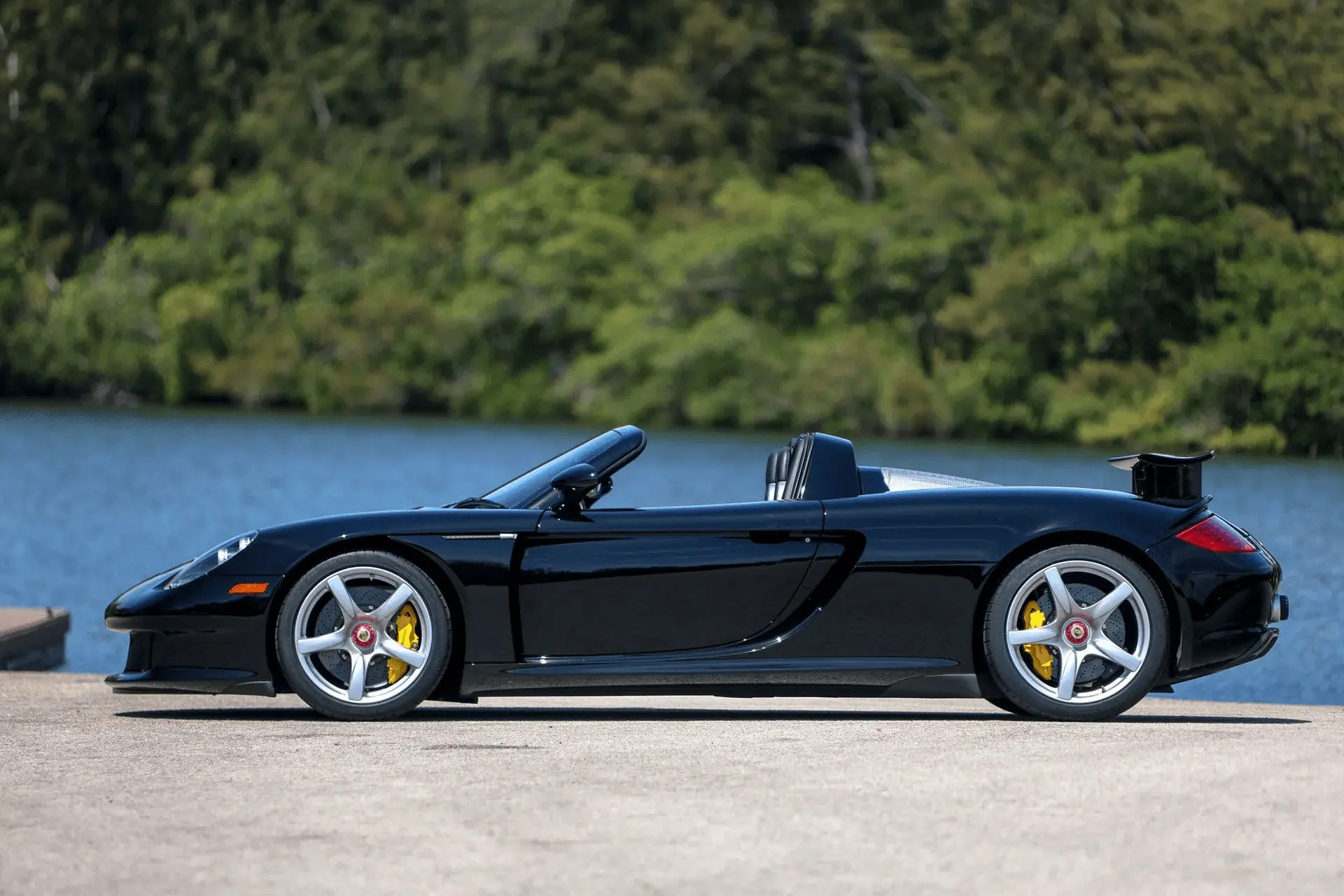Broad Arrow Auction Goes All-Porsche
03 May 2025 6 min read 8 images

Photo credit: Broad Arrow Auctions
Could you organize an auction where almost two-thirds of the lots are made up of a single car model? Well, Broad Arrow did it — and did it well — on April 26 during the “Air|Water” event, holding a Porsche-only sale that featured no fewer than 36 examples of the 911.
Register to unlock this article
Signing up is free and gives you access to hundreds of articles and additional benefits. See what’s included in your free membership. See what's included in your free membership.
Already have an account? Log In


